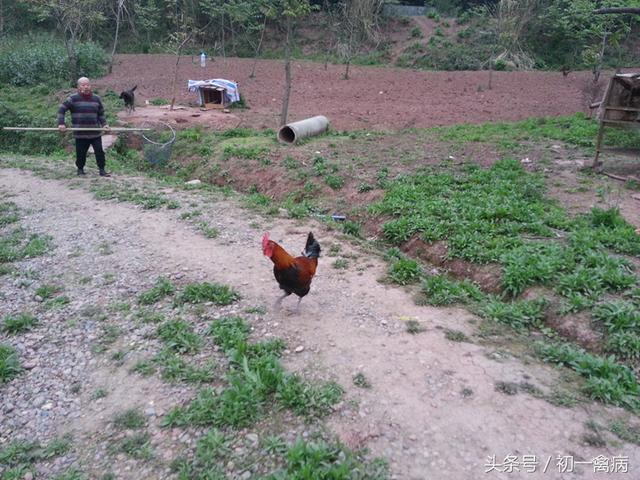The US Environmental Protection Agency prohibits the use of 72 inert ingredients in pesticides.
Recently, the US Environmental Protection Agency (EPA) removed inert ingredients from 72 pesticide products from the available list. After that, manufacturers who need to use these ingredients need to provide relevant research information to EPA to prove their safety, and EPA will determine whether the ingredient can be continued to be used after evaluation.
Prior to the application of the Center for Environmental Health, socially responsible doctors and other relevant personnel, EPA issued a decree to disclose the 371 inert ingredients used in pesticide products, and EPA responded that it would assess and reduce the potential risk of inert ingredients as appropriate. EPA took the action after accepting public comments on the October 2014 proposal. The 72 prohibited ingredients in the published list are included in the applicant's previous list of 371 ingredients, and the list of inert ingredients approved by EPA will be updated after the federal registration list is published.
Most pesticide products contain mixtures of different ingredients. Among them, the components that directly control pests or weeds are called active components, and the inactive components in pesticide products become inert substances.
The list of banned inert ingredients in 72 is as follows:
CAS registration no. 1109-89-7 diethylamine 3109-93-3 methyl ethyl ketone 3109-99-9 tetrahydrofuran 4123-92-21-butanol-3 methyl acetate 6100-02-6 methyl methacrylate 6100-02-7 p-nitrophenol 710024-97-2 nitrous oxide 8100-37-8 diethylaminoethanol 9101-68-8 isocyanate 10106-88-71 Alcohol 12107-19-7 propargyl alcohol 13108-46-3 resorcinol 14110-19-0 isobutyl acetate 15110-80-5 ethylene glycol monoethyl ether 16112-55-0 dodecyl mercaptan 17117-81-71 2-phthalic acid 2-ethylhexyl ester 18117-84-0 dioctyl phthalate 19119-61-9 benzophenone 20121-54-0 benzamine 21123-38-6 propionaldehyde 22124-16-3 butoxyethoxypropanol 231303-86-2 boron oxide 241309-64-4 antimony trioxide 25131-11-3 dimethyl phthalate 26131-17-9 diallyl phthalate 271317-95-9 diatomite 281319-77-3 cresol 291321-94 -4 methyl naphthalene 301338-24-5 cycloalkanoic acid 31139-13-9 aminotriacetic acid 32141-32-2 butyl acrylate 33142-71-2 copper acetate 34149-30-42-mercaptobenzothiazole 35150-76-5 p-methoxyphenol 36150-78-71 4-dimethoxybenzene 3716919-19-0 ammonium fluorosilicate 381762-95-4 ammonium thiocyanate 3925013-15-4 vinyl toluene 4025154-52-3 nonylphenol 412761-24-2 pentyl triethyl Oxysilane 4228300-74-5 potassium antimony tartrate 4350-00-0 formaldehyde 44533-74-4 Mirabilone 45552-30-7 trimellitic anhydride 46618-45-1o-m-p-Isopropylphenols 4771-55-61 1-trichloroethane 487440-37-1 argon 4974-84-0 ethane 5075-43-4 dichloromonofluoromethane 5175-45-6 chlorodifluoromethane 5275-68-31-chloro-1 line 1-difluoroethane 5375-69-4 trichlorofluoromethane 5475-71-8 dichlorodifluoromethane 5576-13-11Pol 2 2-Trifluoroethane 567758-01-2 x potassium bromate 5778-88-62 remark 3-dichloropropene 5879-11-8-monochloroacetic acid 5979-24-3 nitroethane 6079-34-51 ··· 6-trinitrophenol 6794-36-0 benzoyl peroxide 6895-48-7 o-cresol 6997-63-22-acrylic acid 2-methyl-ethyl ester 7097-88-1 butyl methacrylate 7198-54-4 p-tert-butylphenol 7299-89-8o-m-p-Isopropylphenols
For EPA's current comments on the inert component and its previous reply to the applicant on May 22, 2014, please click to view: www.regulations.gov/document
- Prev

How many chickens per mu are best for free-range breeding?
How many chickens per mu are best for free-range breeding?
- Next

Large Agricultural Circle: one-week introduction of Agricultural Science and Technology achievements (issue 4)
Large Agricultural Circle: one-week introduction of Agricultural Science and Technology achievements (issue 4)
Related
- A course of planting techniques and methods on how to grow carrots
- How to plant the latest tulips?
- Is it better to pick tea in the morning or in the afternoon? When is the best time for tea to be picked? what is the third or fifth tea?
- Launch Yuanxiao Happy combination Haocha + Tea Yuan healthy Taste
- Penghu Tourism "Fireworks 20 Parade with You"
- 2022 West Lake Happiness holds "Digital Revitalization Voucher" and draws iphone13 and laptop.
- Banqiao Fuzhou social houses are designed to change start-up combined with police elimination to create a safe and livable environment
- The convenient measure of "mechanical weeding" in Xinbei has been abused and the Agriculture Bureau has imposed heavy penalties on the illegal land consolidation.
- Changgeng University Joins Hands with Four Memory Factories to Rescue Memory Talent Shortage
- The list of Taiwan's top 100 MVP managers is listed by the Director-General of the Farmers' Association of Sanxia District.

